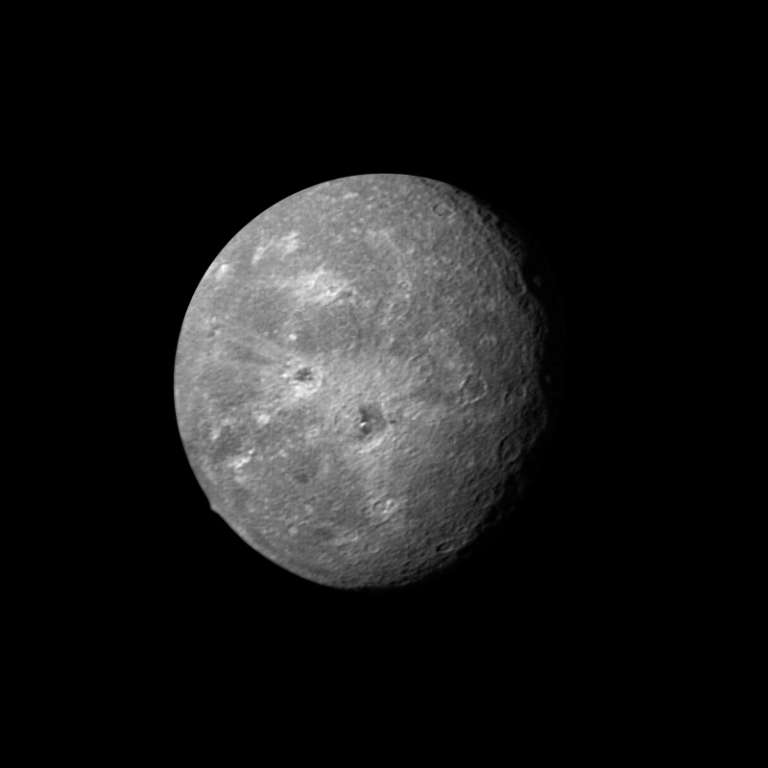Björn Jónsson • Aug 30, 2017
Voyager 40th anniversary: Revisiting the Voyagers' planetary views
I would argue that the Voyager mission is the most successful planetary mission of all time. Even now, 40 years after Voyager 1 and 2 were launched, a lot of the data they returned is still of high interest. In some cases it is obvious why: After all these years Voyager 2 is still the only spacecraft that has visited Uranus and Neptune.
The Voyager Jupiter data is also still very interesting, even though other spacecraft have followed in Voyager's footsteps. This is because the Voyager data, from 1979, allows us to monitor the long-term behavior of Jupiter and Io, and also because the Galileo mission that followed the Voyagers and orbited Jupiter in 1995-2003 was only partially successful due to the failure of its high gain antenna. Cassini flew by Jupiter en route to Saturn in 2000, but came no closer to Jupiter than about 10 million kilometers. Recently the Juno spacecraft has been orbiting Jupiter, but its scientific goals are different from Voyager and Galileo and in many ways complementary to them.
Voyager's Saturn data is perhaps the least interesting data set (surpassed by data from the spectacularly successful and long-lived Cassini mission), but still of interest for monitoring long-term changes in Saturn's and Titan's atmospheres and for studying Saturn's magnetosphere.
So processing (and reprocessing) the Voyager imaging data is still highly rewarding. Amateur space image processors and citizen scientists have produced many spectacular images from the raw Voyager image data set. Below is a selection of Voyager images from all four planets the Voyagers flew by. I did not always select the most spectacular or beautiful images. Instead I selected images to show various features and examples of the Voyager imaging coverage.
Voyager 1 and 2 flew by Jupiter in 1979 in March and July, respectively, obtaining lots of images of Jupiter and its satellites. Thousands of global images were obtained during approach. Below is an example. This is one of the most spectacular global Voyager Jupiter images available since it shows a double satellite transit. This also happens to be the highest-resolution Voyager global mosaic that can be assembled that includes a satellite transit (and luckily it's a double transit).
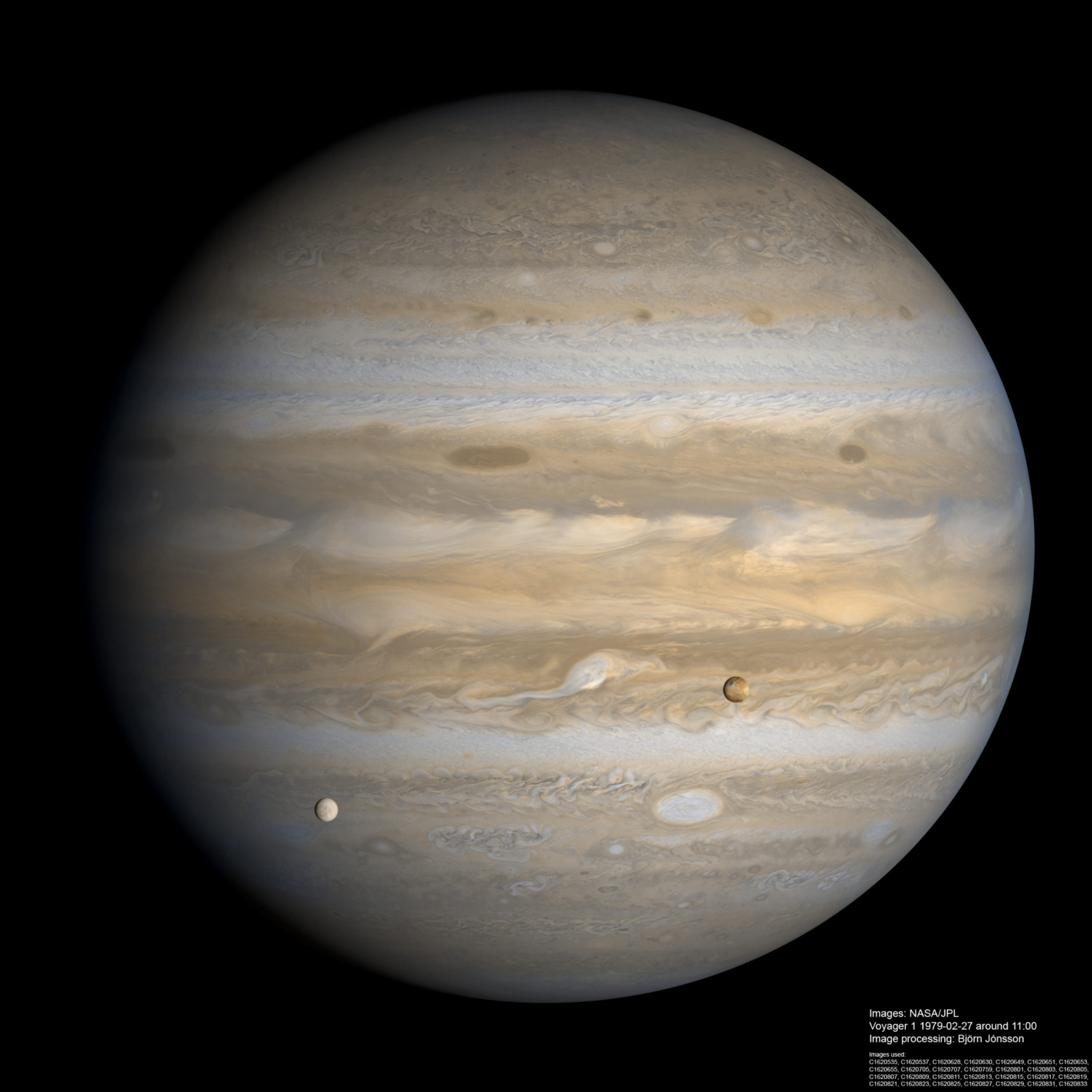
At closer range, Voyager obtained higher-resolution images of specific features. This includes a significant amount of time-lapse coverage. In particular the Great Red Spot (GRS) was extensively observed. The Voyager data set has lots of GRS images that are highly rewarding to process. Below is a Great Red Spot time-lapse sequence assembled from the four highest-resolution Voyager 1 Great Red Spot mosaics that completely cover the Great Red Spot. Lower-resolution wide-angle images were used to fill some of the areas around the spot. This is a grayscale movie based on orange and green filtered images. A color movie was not possible because insufficient blue or violet filtered images were available for one of the mosaics. The movie covers a period of about 30 hours.
The movie has been 'tweened' by adding interpolated, synthetic frames to make the motion smoother. The large-scale motions in this tweened movie are fairly accurate but the motion and behavior of some of the small-scale features may be inaccurate. Below is a gif-compressed version, but I encourage you to download the full-resolution video, which has significantly higher resolution and more temporal detail (6MB, AVI format).
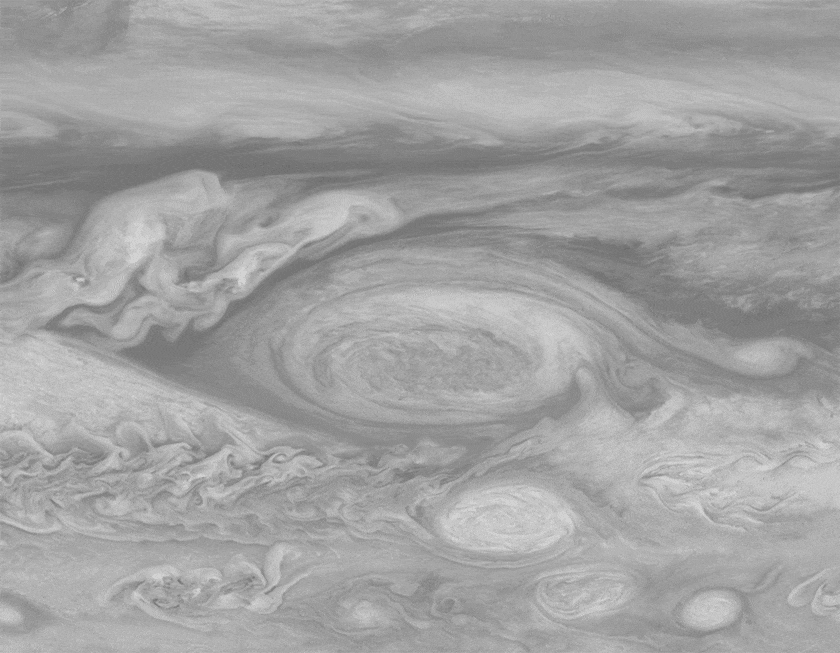
Recently, the Juno mission has obtained images of Jupiter at resolutions that exceed the best Voyager resolution. These images have revealed new details, including cloud shadows and differences in cloud elevations. It has become apparent that small, bright, high-altitude clouds (in some cases clusters of these clouds) casting shadows on clouds farther down are fairly common. However, close inspection reveals that some of these small-scale details observed by Juno are also visible in the highest-resolution Voyager images.
Below is the highest-resolution observation of the Great Red Spot by either of the Voyagers. This is also the highest-resolution Voyager color observation of Jupiter. Close inspection reveals clusters of small, high-altitude clouds, especially near the GRS' center and east and northeast of the center. Clouds casting shadows are also visible in the GRS' northeast periphery.

Many of the Voyager Jupiter images are not only interesting but they also look spectacular. Here are two examples:


The Voyagers made extensive observations of the Galilean satellites. Below is an example, a Voyager 2 mosaic of Ganymede. This still represents the best overall imaging coverage of this area even though Galileo later imaged small parts of this terrain at much higher resolution.

Saturn
Voyager 1 flew by Saturn in November 1980 followed by Voyager 2 in August 1981. Many beautiful images of Saturn, its rings and satellites were obtained. However, unlike the situation at Jupiter (where the Galileo mission was only a partial success), the Cassini mission has been a spectacular success. Because of this some of the Voyager Saturn images are now outdated and are mainly of historical interest. This is especially true for images of Saturn's satellites. However, some of the images of Saturn and Titan are of interest for monitoring long term changes.
An example of how Saturn has changed can be seen in the image below. It is a mosaic of 8 narrow angle green filtered images obtained by Voyager 2 on August 21, 1981 at a range of 4.9 million km. The resolution of the original data is about 50 km/pixel (slightly oversampled here). The image has been colorized from a lower resolution orange/green/blue color composite obtained at a similar time with the wide angle camera. Compared to Cassini images obtained at a similar time in Saturn's seasonal cycle, significant differences can be seen. For example the 'ribbon' and nearby cloud belts look considerably different in the Cassini images.


The Voyager Saturn satellite imaging coverage is poor by today's standards but it must be kept in mind that the Voyagers were quick flyby missions. It is impossible to fly very close to many satellites during just two flybys of Saturn and also it is not possible to observe many satellites simultaneously. The best images are of Rhea. These are also the only Saturn icy satellite images that can be processed into 'Cassini-like' mosaics. Below is a mosaic of 10 clear filter images showing Rhea‘s northern hemisphere. The resolution is about 800 m/pixel. A version with a latitude/longitude grid is also included.
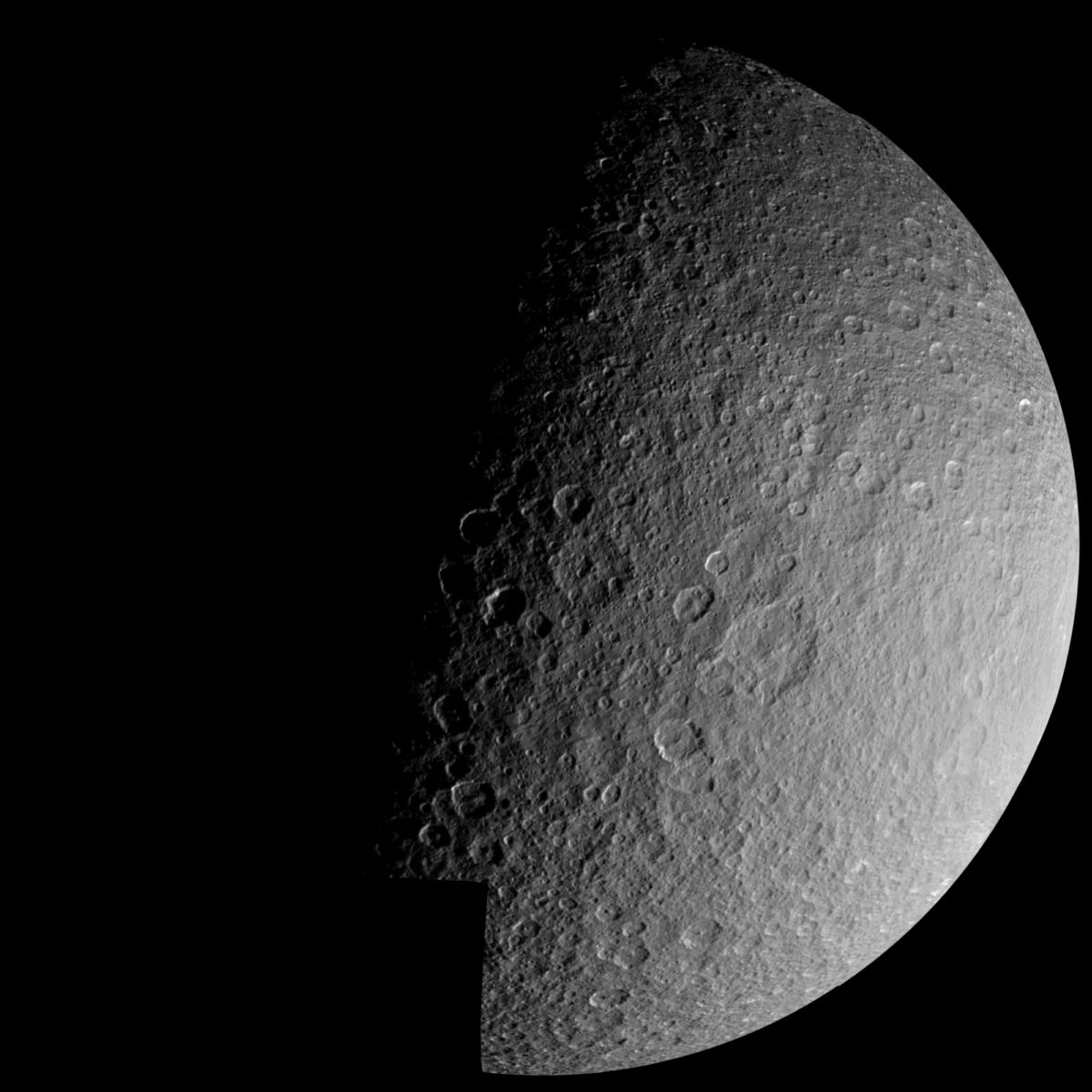

Uranus
In January 1986 Voyager 2 flew by Uranus. Compared to Jupiter and Saturn, visually the Voyager 2 images were disappointing. Uranus turned out to be a bland and extremely low contrast body. Here is an approximately true color and contrast Voyager 2 color composite:
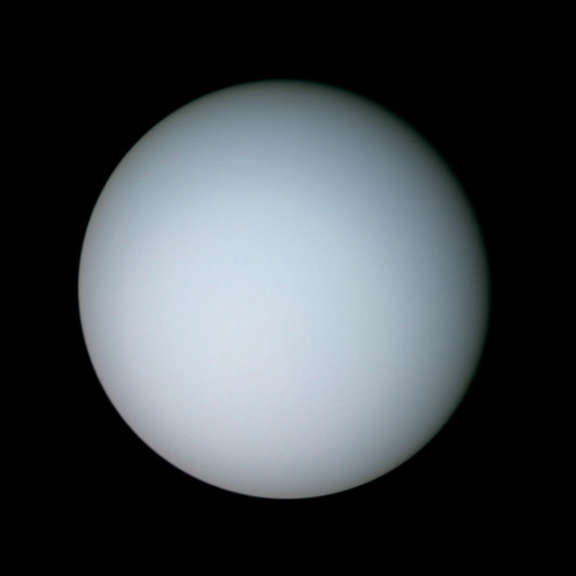
Uranus has an axial tilt of roughly 90 degrees. At the time of the Voyager 2 flyby it was summer at Uranus' south pole; here the pole is close to the center of the image.
However, the fact that a planetary body appears bland doesn't make it uninteresting (Titan is a great example of this). It's just more difficult to explore. And indeed it turns out that some details are hidden in these images. Here is an image produced by stacking and derotating (to correct for Uranus' zonal winds that vary with latitude) images obtained over a period of about 10 hours. This reveals a significant amount of details.
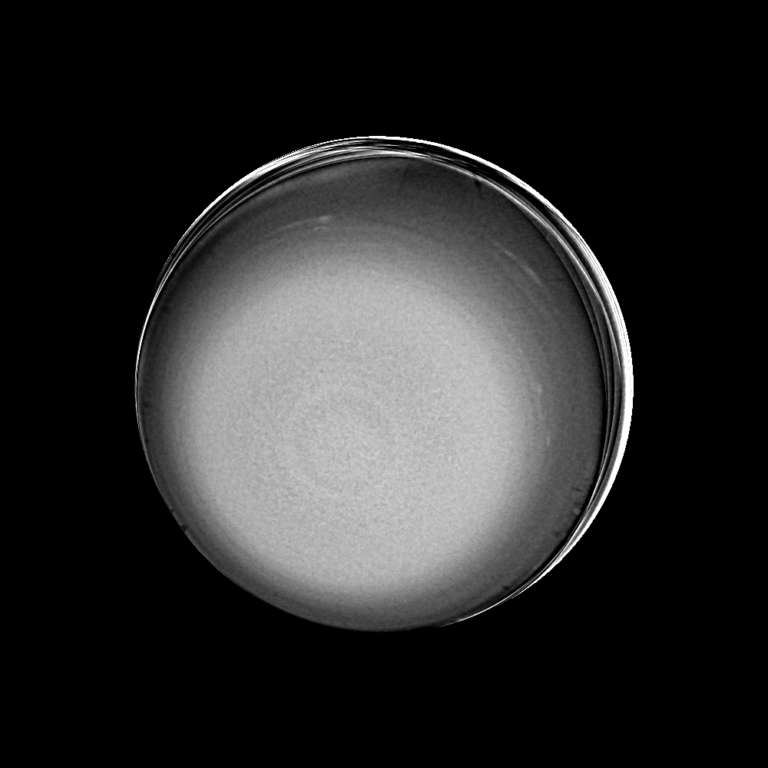
I have sometimes wondered what the Voyager 2 images would have been like if Voyager 2 had been able to image Uranus at near infrared wavelengths. This would probably have revealed a lot of interesting atmospheric features that are either invisible at visual wavelengths or look extremely subtle. However, the longest wavelength of light that the Voyager cameras could 'see' was orange. But unfortunately, spacecraft CCD cameras that could obtain good images at near infrared wavelengths were still a few years in the future when the Voyagers were launched 40 years ago.
After the Voyager 2 flyby, activity appears to have greatly increased in Uranus' atmosphere, probably due to changing seasons. Lots of atmospheric features have been observed with large Earth based telescopes using adaptive optics. A new spacecraft visit to observe these features at high resolution with modern instruments would be extremely interesting.
All of Uranus' major satellites were imaged by Voyager 2 but by today's standards the imaging coverage is poor, much worse than at e.g. Saturn and Pluto. It is roughly comparable to the coverage of Saturn's satellites before Cassini. This is unfortunate because Uranus' satellites are interesting. In a way they represent a transition from icy bodies like Saturn's satellites to something even more exotic like Pluto/Charon. The need for better data is obvious. As an example, below is a reprocessed version of Voyager 2's best observations of Oberon. The resolution of the original data is only about 6.5 km/pixel. If Cassini-like imaging coverage was available, images at 100 times better resolution would be available.
Neptune
Voyager 2 flew by Neptune in August 1989. Neptune turned out to be far more photogenic than Uranus and the images did not disappoint. Cloud belts, big ovals, bright clouds and various atmospheric features are visible in the Voyager images. One of the features, the Great Dark Spot, was as big relative to Neptune as Jupiter's Great Red Spot was to Jupiter. However, this spot wasn't very long lived unlike the Great Red Spot. A few years after the Voyager 2 flyby it had disappeared. Neptune's big satellite Triton was also well imaged by Voyager 2.
Below are two high resolution mosaics that show the appearance of Neptune at the time of the Voyager 2 flyby.
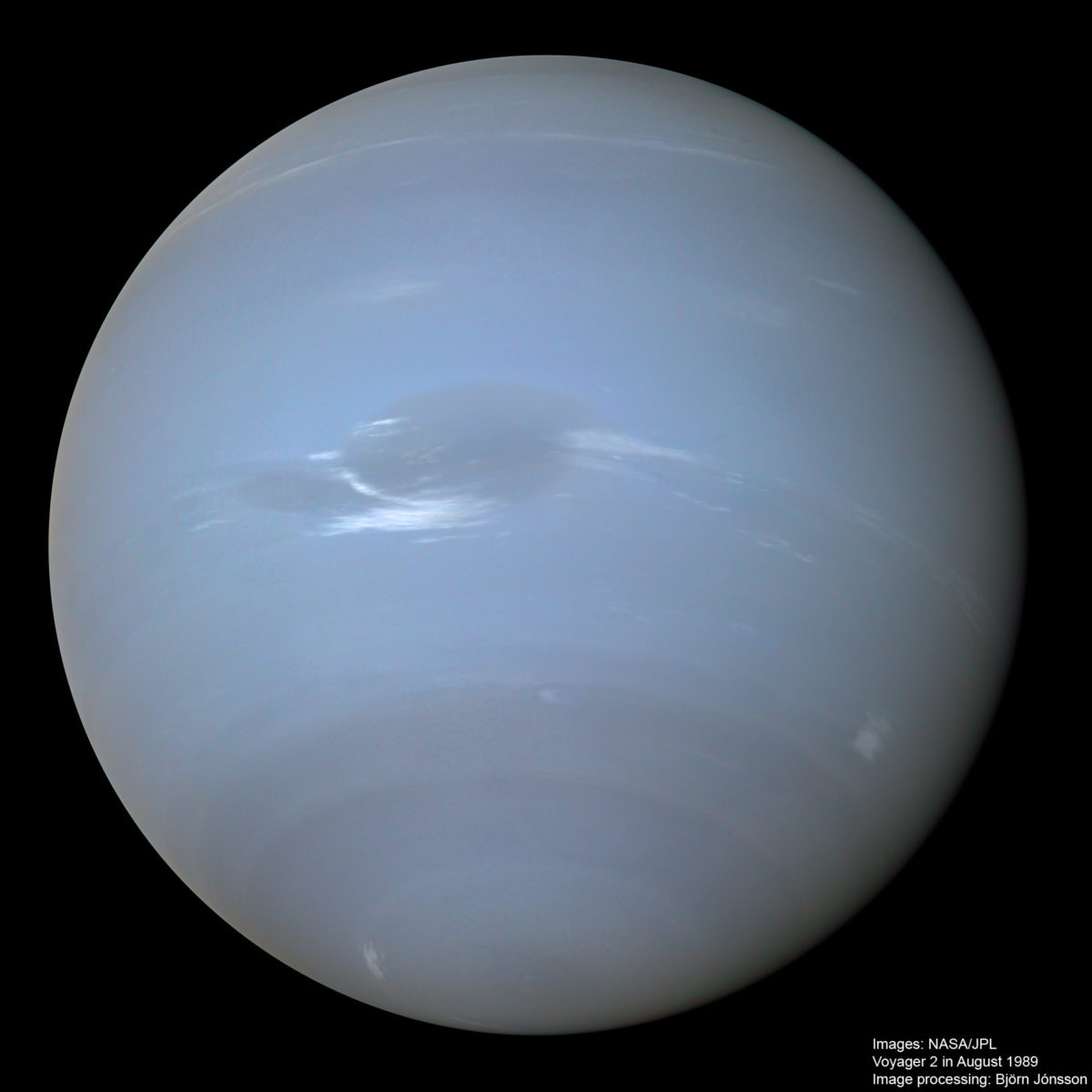
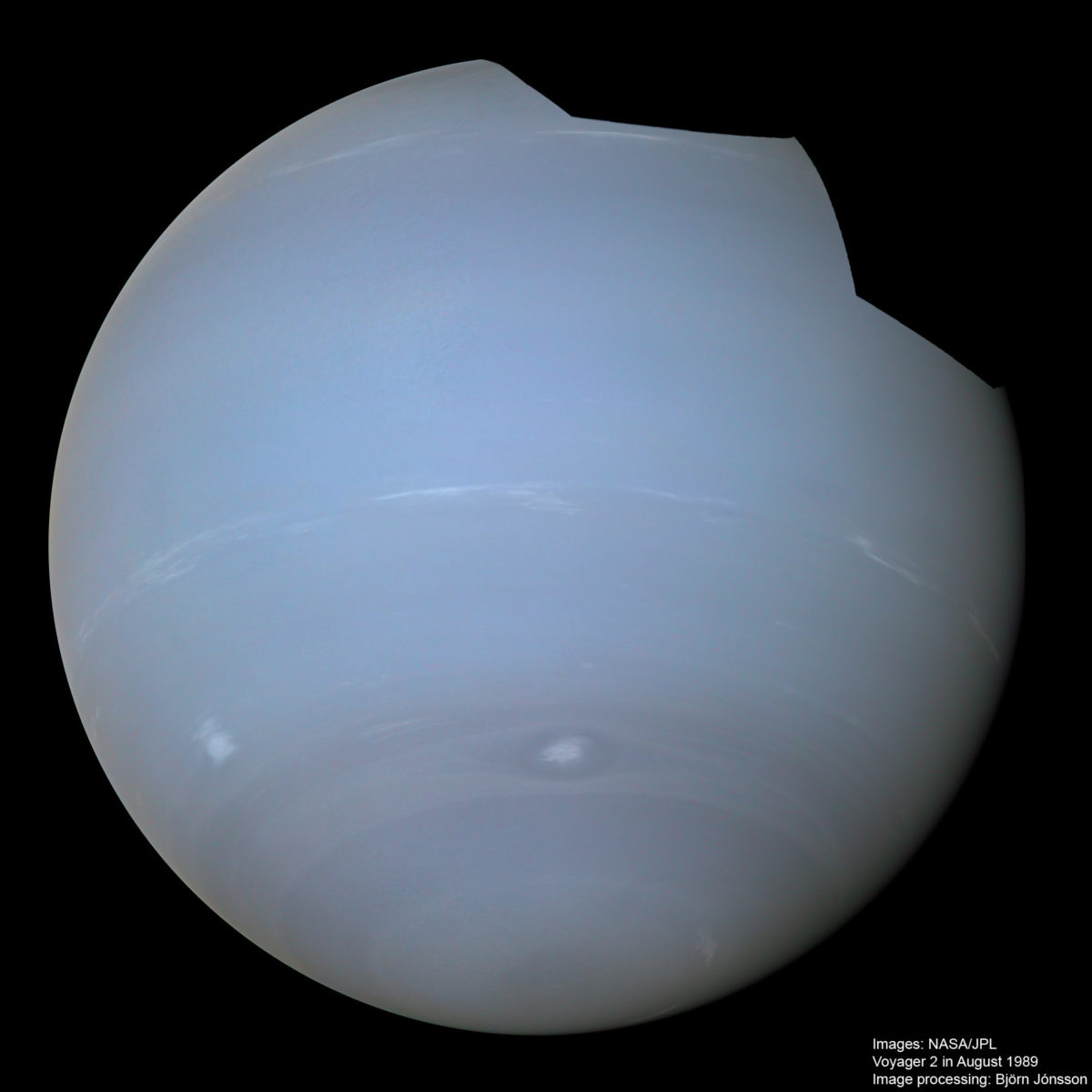
The Voyager mission did not end with the Voyager 2 Neptune flyby. Both spacecraft are still active and conducting valuable observations. They have been searching for the heliopause, a boundary where the solar wind becomes too weak to push back the interstellar medium. On August 25, 2012 Voyager 1 crossed the heliopause. So this highly successful mission has not ended yet.
The Time is Now.
As a Planetary Defender, you’re part of our mission to decrease the risk of Earth being hit by an asteroid or comet.
Donate Today

 Explore Worlds
Explore Worlds Find Life
Find Life Defend Earth
Defend Earth


